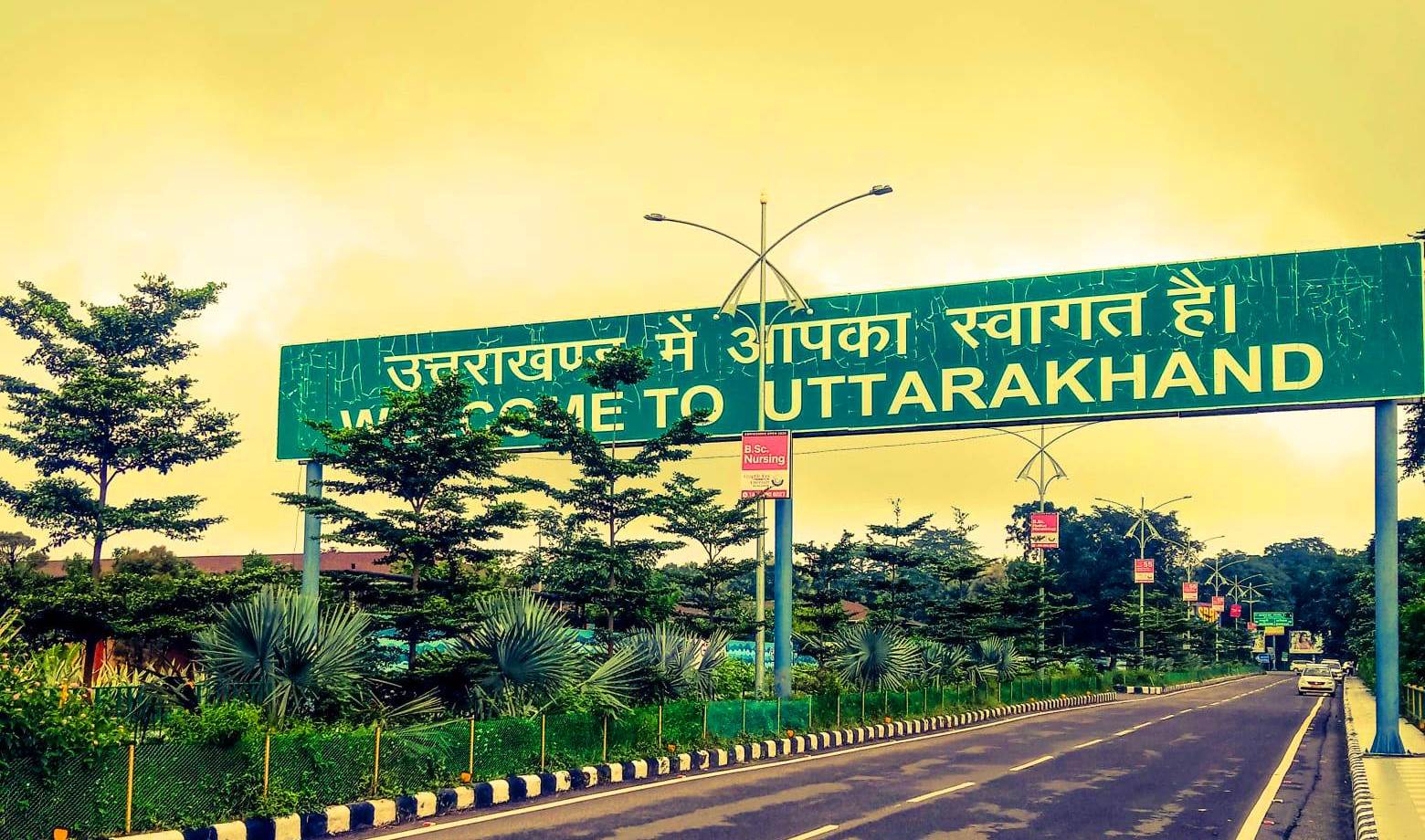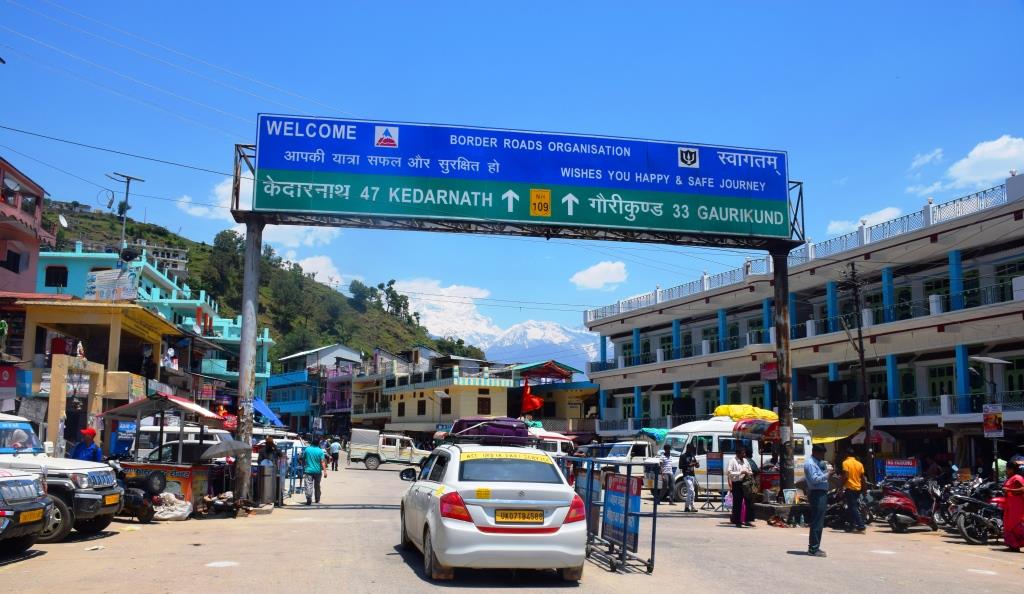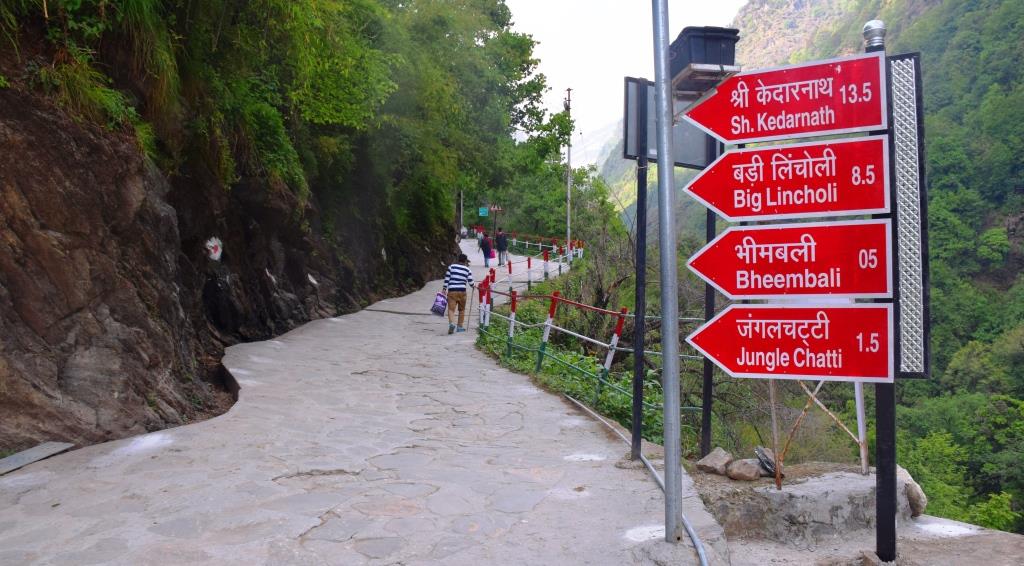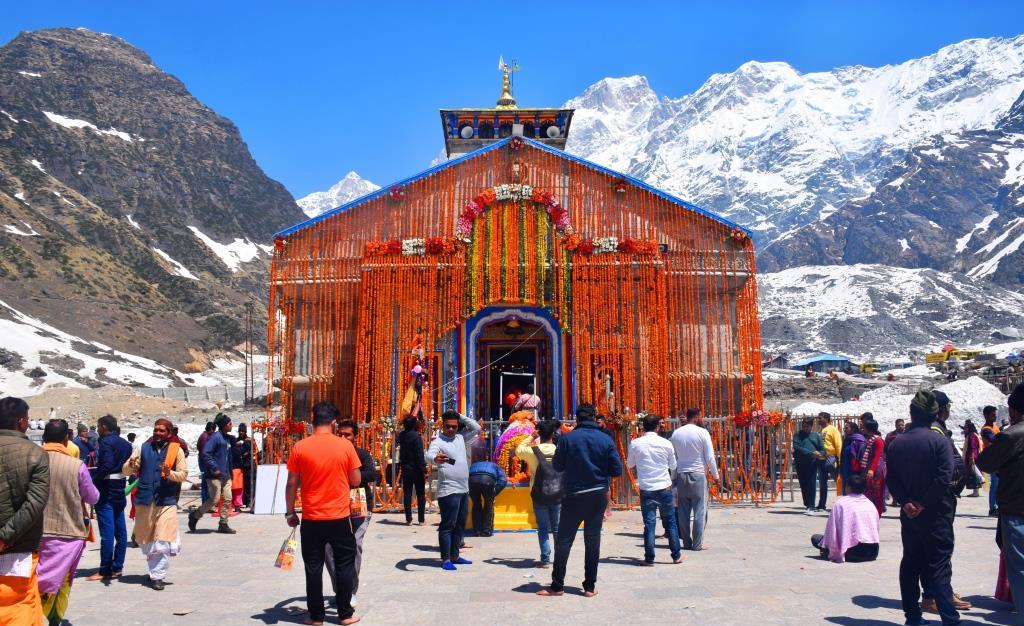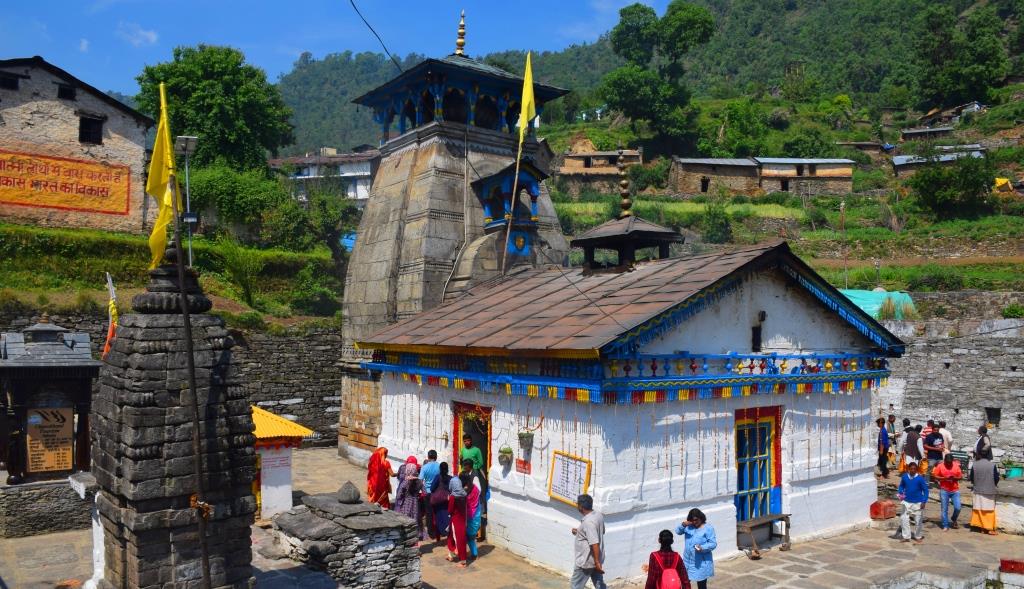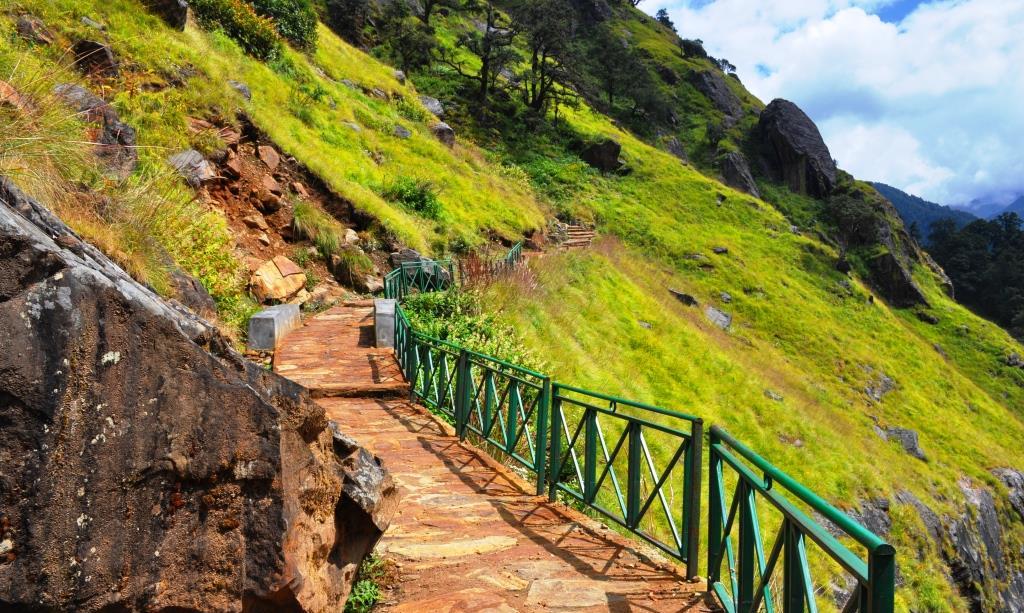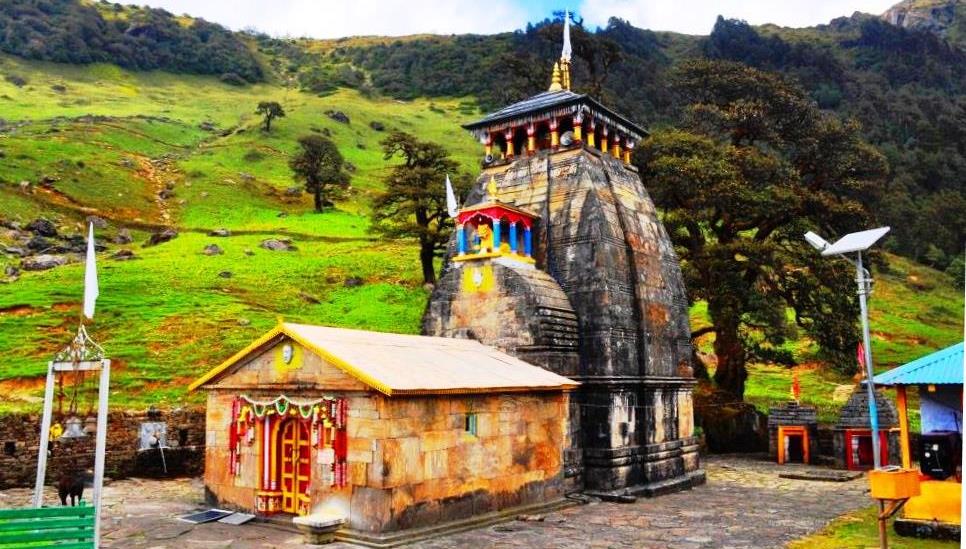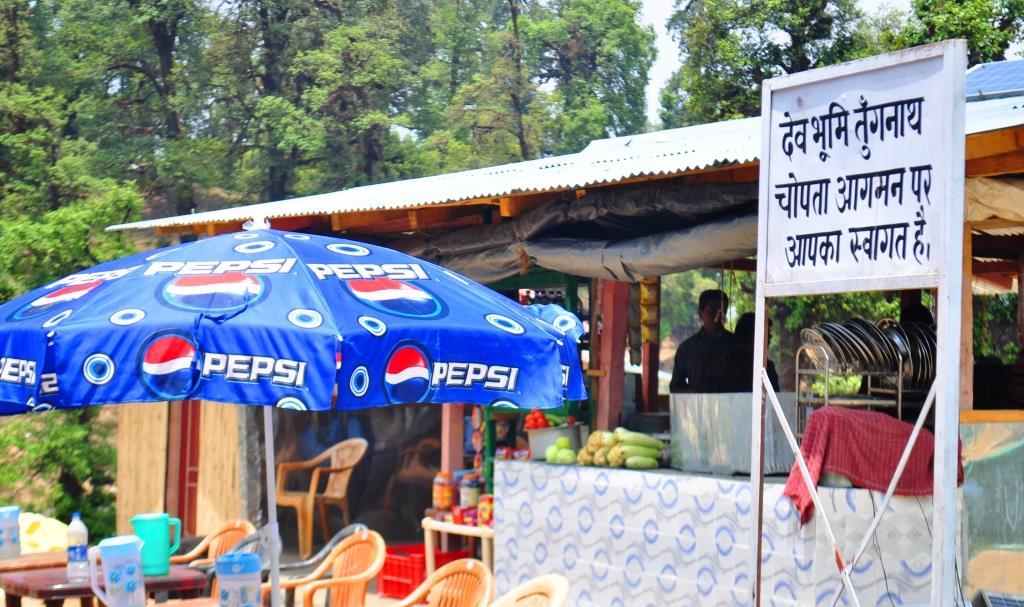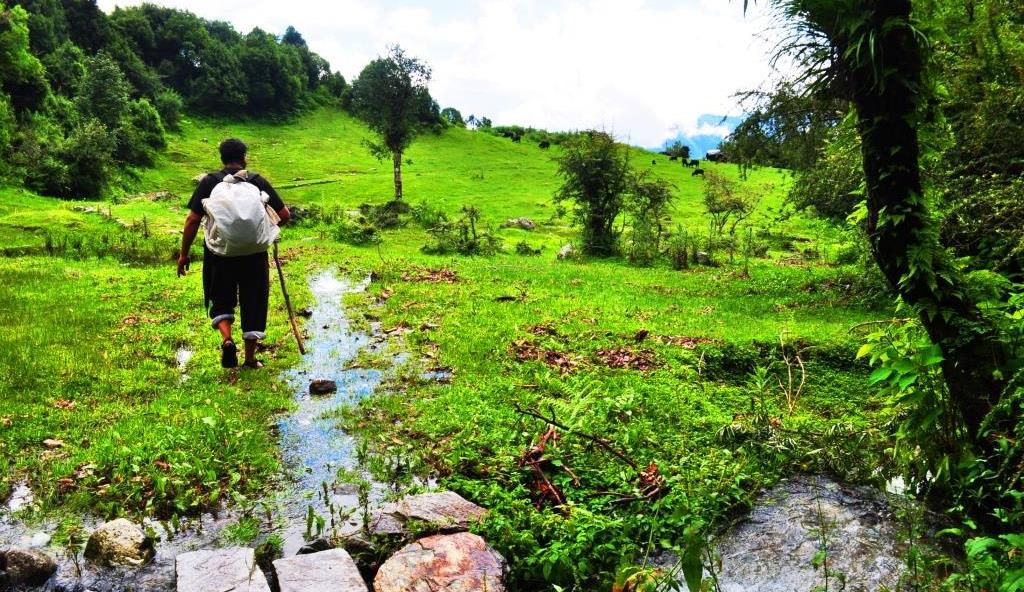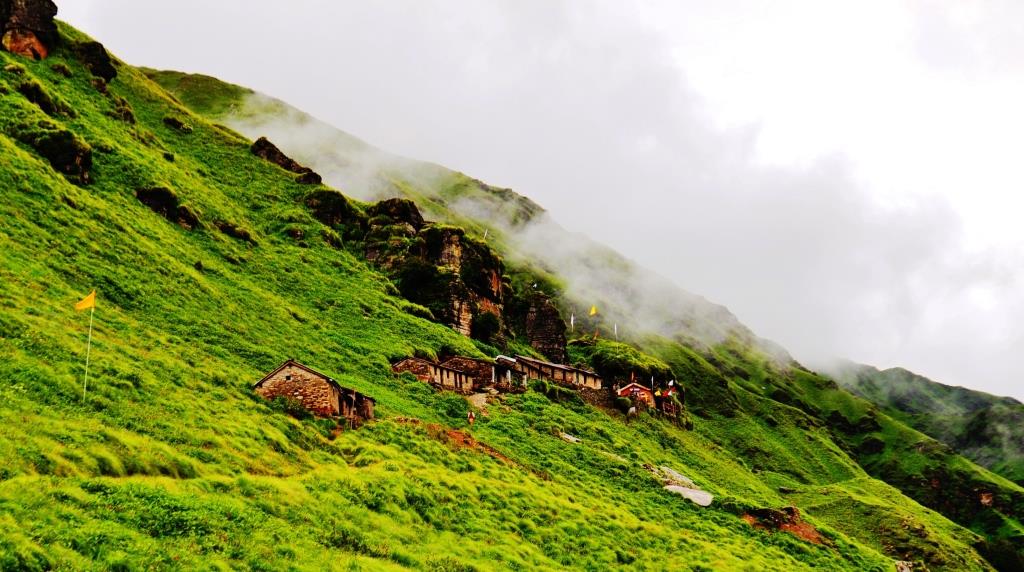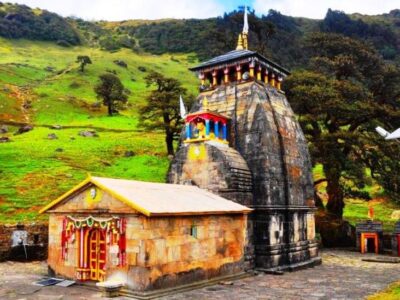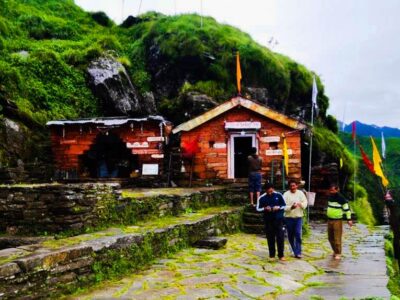Panch Kedar
The Panch Kedar Yatra is a pilgrimage circuit in Uttarakhand and is dedicated to Lord Shiva. It revered in Hinduism for its spiritual significance involves visiting five temples dedicated to Lord Shiva, each located in the Garhwal Himalayas. These temples hold deep significance and is tied to Hindu mythology, particularly the Mahabharata as it is believed to have been established by the Pandavas to atone for their sins after the Kurukshetra war.The Panch Kedar Yatra is not just a pilgrimage but also a journey through some of the most stunning and serene landscapes of the Himalayas, making it a spiritually and visually enriching experience. The journey to the Panch Kedar involves trekking through rugged terrains, dense forests, and picturesque landscapes. While Kedarnath and Tungnath are relatively more accessible, reaching Rudranath, Madhyamaheshwar, and Kalpeshwar requires a challenging trek.
Here's a guide to the Panch Kedar Yatra:
Temples in Panch Kedar
1. Kedarnath
o Location: Rudraprayag district
o Elevation: 3,583 meters (11,755 feet)
o Significance: The most prominent of the Panch Kedar, Kedarnath is one of the twelve Jyotirlingas of Shiva. It is said to house the hump of Lord Shiva, who took the form of a bull to evade the Pandavas.
2. Tungnath
o Location: Near Chopta, Rudraprayag district
o Elevation: 3,680 meters (12,073 feet)
o Significance: The highest Shiva temple in the world. It is believed to be the place where Shiva's arms appeared.
3. Rudranath
o Location: Chamoli district
o Elevation: 3,559 meters (11,677 feet)
o Significance: The face of Lord Shiva is worshipped here. The temple is reached through a scenic trek offering breathtaking views of the Himalayas.
4. Madhyamaheshwar
o Location: Near Ukhimath, Rudraprayag district
o Elevation: 3,289 meters (10,790 feet)
o Significance: Shiva's navel is worshipped here. The temple is located in a lush meadow surrounded by snow-capped peaks.
5. Kalpeshwar
o Location: Chamoli district
o Elevation: 2,200 meters (7,217 feet)
o Significance: The matted hair (Jata) of Lord Shiva is worshipped here. Kalpeshwar is the only Panch Kedar temple accessible throughout the year.
Significance of Panch Kedar
According to legend, the Pandavas sought Lord Shiva to atone for their sins after the Kurukshetra war. Lord Shiva avoided them by taking the form of a bull and hiding in the Himalayas. When they found him, Shiva's body fragmented into five parts, each manifesting in the temples of Panch Kedar.
Panch Kedar Yatra Route
The traditional route usually follows this sequence:
Rishikesh → Kedarnath → Tungnath → Rudranath → Madhyamaheshwar → Kalpeshwar → Rishikesh
Best Time to Visit
Summer (May to June): Clear weather and moderate trekking conditions.
Autumn (September to October): Ideal for trekking with pleasant weather and fewer crowds.
Monsoon (July-August): Avoid due to landslides and slippery trails.
Winter (November-April): Most temples (except Kalpeshwar) are closed due to snow.
Difficulty Level
Moderate to Difficult: Requires physical fitness due to high-altitude treks and long distances.
Tips for the Yatra
Acclimatization: Spend a day adjusting to high altitudes if needed.
Packing Essentials:
Warm clothing, rain gear, trekking shoes, first aid kit, and energy snacks.
Guides & Porters: Hiring them is advisable for Rudranath and Madhyamaheshwar.
Permits: Check for any required permits at local forest offices.
Respect the Environment: Follow eco-friendly practices to preserve the pristine surroundings.
How to Begin the Yatra
Start from Rishikesh or Haridwar, which are well-connected by road, rail, and air.
Choose either private vehicles or buses to reach the base points like Gaurikund, Chopta, or Helang.
Would you like help organizing your itinerary or finding trekking service

